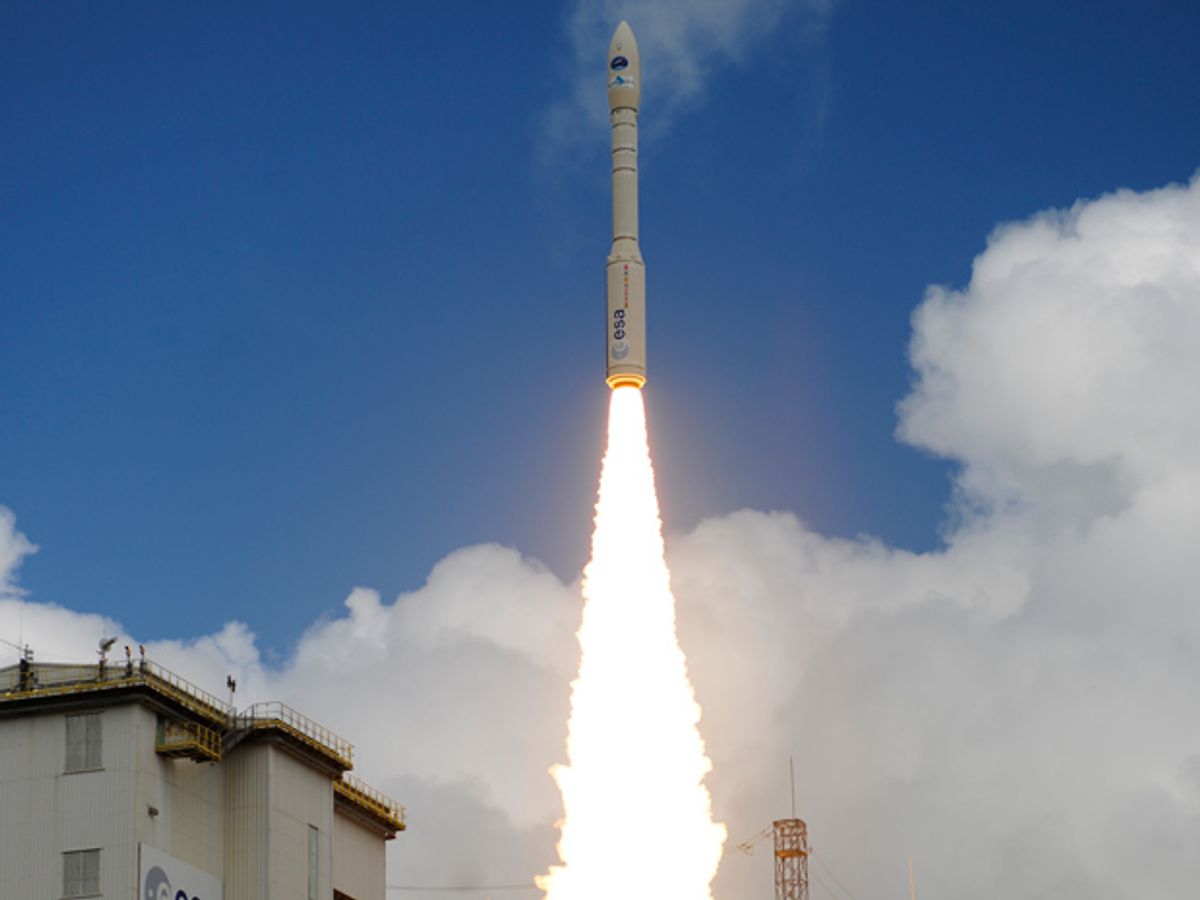
A splashdown in the Pacific Ocean concluded the first successful test flight of Europe’s reusable spacecraft technology yesterday. The car-size Intermediate eXperimental Vehicle (IXV) could pave the way for a full-size reusable spaceplane. This would launch on Europe’s Vega rocket and eventually return to Earth by landing like an aircraft on a runway.
The now-retired U.S. space shuttle fleet marked the world’s first concerted attempt to create reusable spacecraft technology, which should result in cost savings. But the shuttle infamously failed to keep overall mission costs down. (Since then, NASA has developed a smaller, robotic spaceplane for the U.S. Air Force called the X-37B that can automatically undergo reentry through the Earth’s atmosphere and land by itself.) The European Space Agency’s IXV spaceplane prototype represents a way for Europe to develop the reentry expertise needed for reusable spacecraft that launch aboard rockets and land like gliders.
“Europe is excellent at going to orbit,” said Giorgio Tumino, project manager for ESA, in a BBC News interview. “We also have great knowhow in operating complex systems in orbit. But where we are a bit behind is in the knowledge of how to come back from orbit.”
The European test spaceplane—with a length of five meters and a weight of almost two tons—had no problems returning to Earth during its maiden voyage. It launched aboard a Vega rocket from Europe’s spaceport in Kourou, French Guiana on Feb. 11, reached an altitude of 412 kilometers, and reentered the Earth’s atmosphere from its suborbital flight path.
During descent, the spaceplane used aerial maneuvers to slow down from hypersonic to supersonic speed. After gliding through the atmosphere it then deployed parachutes in order to slow its descent for the final splashdown in the Pacific Ocean just west of the Galapagos islands.
The entire mission cost about 150 million euros (US $170 million) not including the cost of the Vega rocket, according to SPACE.com. It represents an “intermediate” step leading up to the Programme for Reusable In-Orbit Demonstrator for Europe (PRIDE), which would develop a full-size reusable spaceplane—if it receives funding from ESA.
Spaceplanes aren’t the only way to go for reusable spacecraft, however. The private spaceflight firm SpaceX has been trying to test reusability in its Falcon 9 rocket by having the rocket’s first stage return to Earth and land upright on a platform at sea—with mixed results so far.
Jeremy Hsu has been working as a science and technology journalist in New York City since 2008. He has written on subjects as diverse as supercomputing and wearable electronics for IEEE Spectrum. When he’s not trying to wrap his head around the latest quantum computing news for Spectrum, he also contributes to a variety of publications such as Scientific American, Discover, Popular Science, and others. He is a graduate of New York University’s Science, Health & Environmental Reporting Program.



